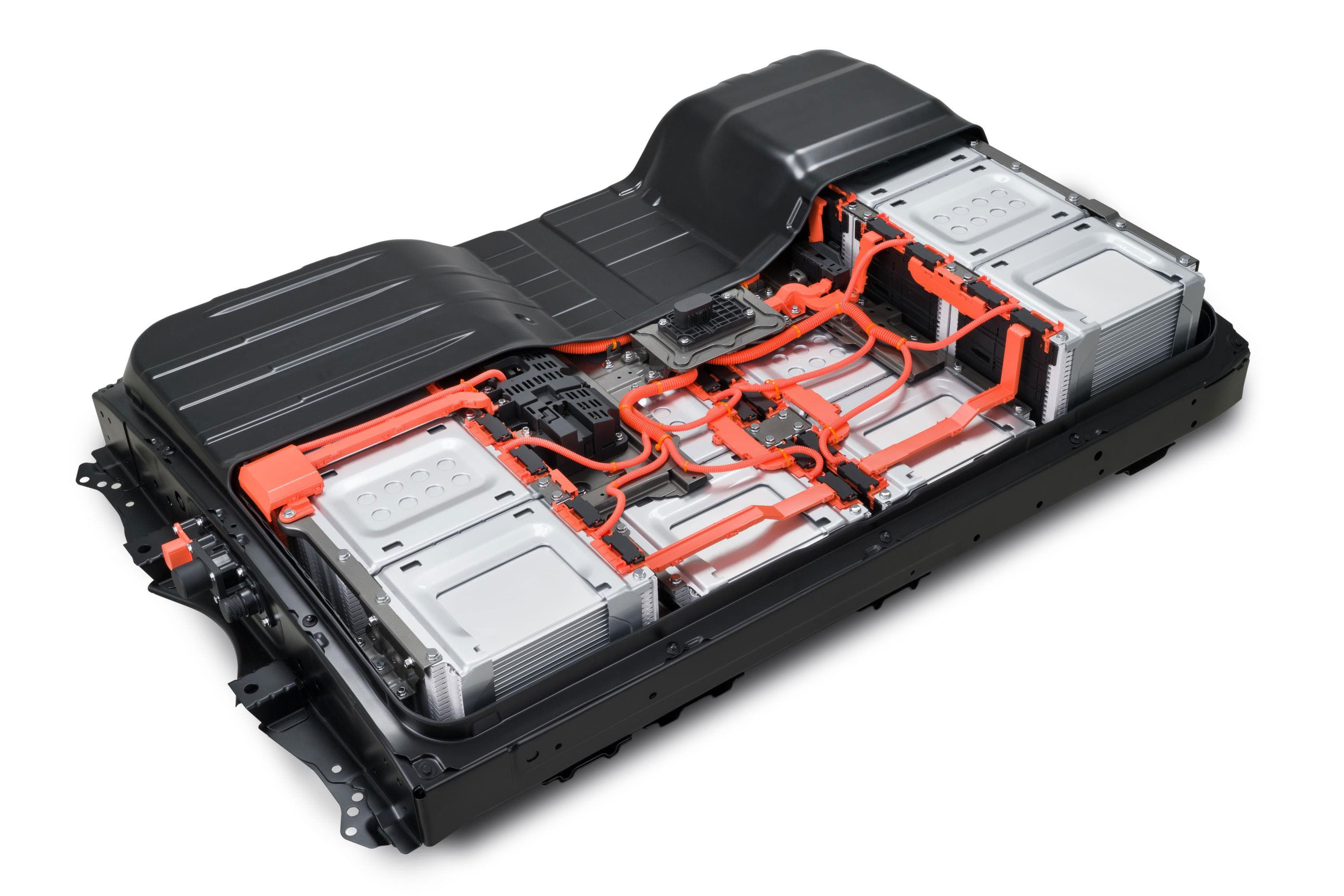Electric vehicles use large batteries to store energy. The energy flowing into the battery pack as it is charged either from regenerative braking or from the grid and discharged from the pack to power the vehicle and its accessories is measured by electrical current and voltage. The flow of current causes heating in the battery cells and their interconnection systems proportional to the square of the current flowing multiplied by the internal resistance of the cells and the interconnect systems. The higher the current flow the more the heating effect will be. At YOSHIN we design and manufacture lithium battery systems you can find out more about that here.
The performance of Lithium-Ion battery cells is greatly impacted by their temperature, they suffer from the Goldilocks effect, they do not perform well when too cold or too hot, which can lead to permanent and extreme damage of the cells or accelerated degradation. So in addition to cooling, heating of the cells may also be required at lower ambient temperatures to prevent damage during fast charging when the cells are too cold; this is because the internal resistance of the cells rises when they are cold. Most lithium battery cells cannot be fast-charged when they are less than 5oC and cannot be charged at all when they are below 0oC. Lithium cells also begin to degrade quickly when their temperature is above 45oC.
In the past, the largest battery packs did not necessarily need any special cooling as the physical size of the packs was sufficient and the relative flow of current was not large compared to the overall capacity of the pack. As ever faster battery charging rates are demanded with recharge power of over 200kW to deliver times of 30 minutes or less, higher performance electric vehicles with a requirement for consistent performance and adequate durability in global markets has meant that special thermal management methods for the battery pack are now required.
There are 3 common battery thermal management methods used today:
1. Convection to air either passively or forced.
2. Cooling by flooding the battery with a dielectric oil which is then pumped out to a heat exchanger system.
3. Cooling by the circulation of water-based coolant through cooling passages within the battery structure.
Recently published work by Hunt et al from Imperial University has found that not only the temperature but also the cooling method is critical to preserve the performance of the cells over their lifetime. In particular, the direction of cooling was found to be critical in order to maintain good internal temperature gradients across the layers internal to each battery cell.
